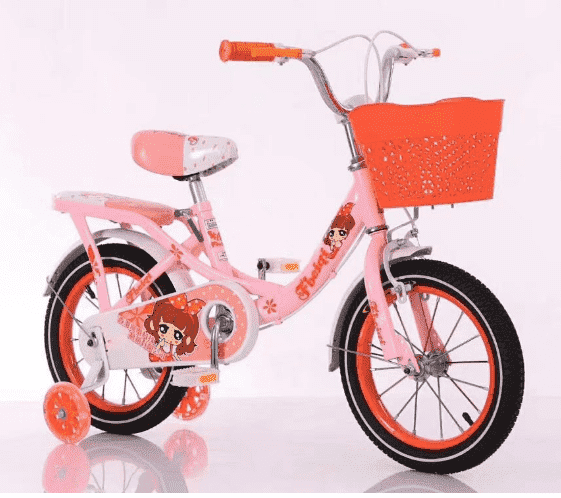Dic . 05, 2024 03:06 Back to list
Choosing the Right Brakes for Your Balance Bike for Optimal Performance
Brakes for Balance Bikes Ensuring Safety and Control for Young Riders
Balance bikes have surged in popularity over the past few years as a fundamental tool for teaching young children how to ride. Unlike traditional pedal bicycles, balance bikes focus on developing a child's balance and coordination. They are designed to be lightweight and low to the ground, allowing even toddlers to push themselves along with their feet while gradually learning to balance. However, one of the often-overlooked components of balance bikes is the braking system, which plays a crucial role in ensuring safety and control during the learning process.
When considering the safety of young riders, it's essential to recognize that children lack the experience and coordination of older cyclists. This makes it imperative that balance bikes are equipped with effective braking systems that allow children to slow down or stop quickly when necessary. Unlike standard bicycles, most balance bikes are designed without pedals, which means that children rely on their feet for propulsion. However, they also need a reliable way to halt their momentum without abrupt stops that could lead to falls or injuries.
Brakes for Balance Bikes Ensuring Safety and Control for Young Riders
Hand Brakes Hand brakes are akin to those found on traditional bicycles, functioning by squeezing the brake levers to engage the braking mechanism. This option is often more suitable for older children who have developed the strength and coordination to use hand brakes effectively. Hand brakes provide more control and can be adjusted for sensitivity, allowing children to learn proper braking techniques that will translate well when they transition to larger bikes.
brakes for balance bike

However, there are downsides. Hand brakes may be challenging for younger or smaller children to operate. Some models compensate for this by using a lighter pull required for the brake lever, ensuring even the smallest hands can grip and squeeze effectively. Therefore, careful consideration must be given to the child’s physical development when opting for a model with hand brakes.
Foot Brakes Foot brakes, on the other hand, are usually integrated into the bike's rear wheel and work by pressing down with the foot. This system is more intuitive for younger children, who may not have the strength or coordination to operate hand brakes effectively. With foot brakes, children can simply drag their feet on the ground to slow down, which feels natural as they already use their feet to propel the bike.
While foot brakes provide a straightforward solution for young learners, they may lack the responsiveness that a hand brake offers. Parents should monitor their children while they practice stopping, as dragging their feet too hard might cause them to tip over.
Conclusion Ultimately, choosing the right braking system for a balance bike is an essential aspect of ensuring young riders can learn safely and effectively. Both hand and foot brakes have their place, and the best choice often depends on the child's age, size, and skill level. Parents should always prioritize safety by supervising their children during rides and ensuring that the bike is maintained, including regular checks on the braking system.
As balance bikes continue to be a popular means of introducing cycling to children, understanding the importance of brakes will help pave the way for safe, enjoyable rides. By fostering skills such as balance, coordination, and now proper stopping techniques, we are setting children up for a lifetime of enjoyment and safety on two wheels.
-
Best Road Bike for 11 Year Old Boy – Lightweight & Safe Kids’ Road Bikes
NewsJun.10,2025
-
Best Kids Trick Scooter – Safe & Durable Trick Scooter for Kids of All Ages
NewsJun.10,2025
-
Kids Small Foldable Tricycle Lightweight & Portable for Toddlers
NewsJun.10,2025
-
Lightweight Aluminum Kids Bike 16 Inch Durable & Safe Cycling for Kids
NewsJun.10,2025
-
Top Kids Bikes for 8 Year Olds Safe & Affordable
NewsJun.10,2025
-
Stacyc Electric Balance Bike Fun & Safe Kid's Riding Gear
NewsJun.09,2025
